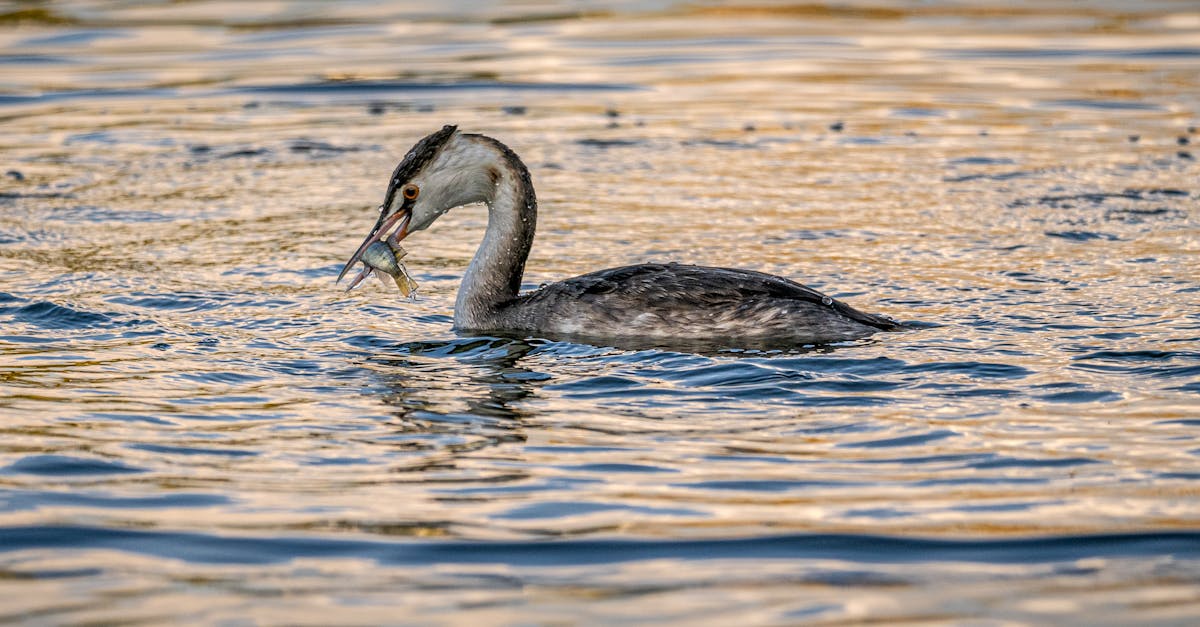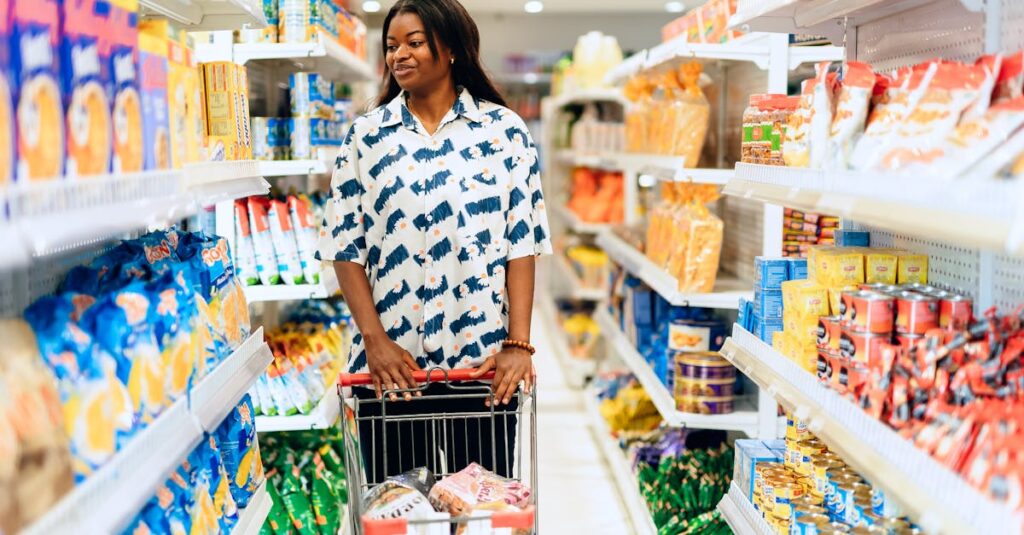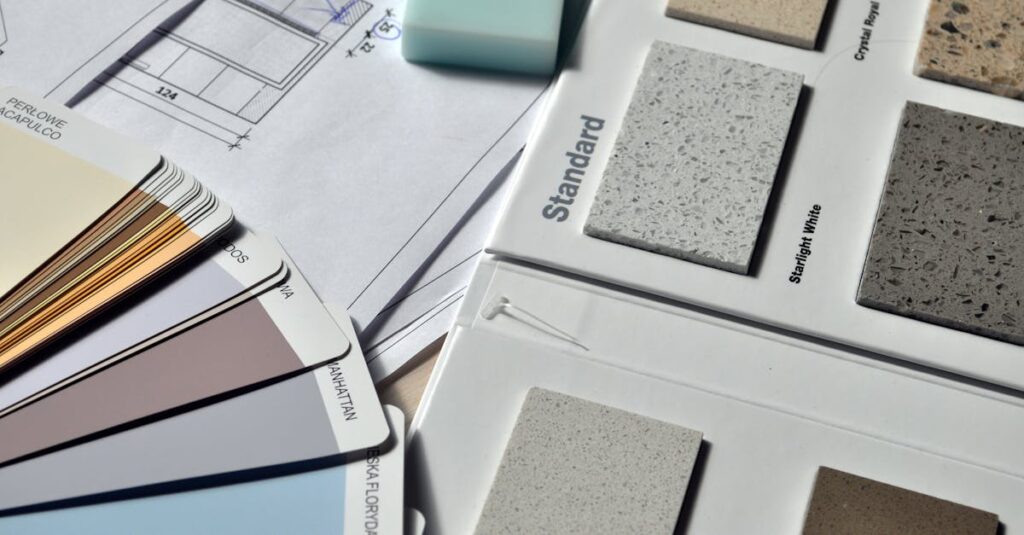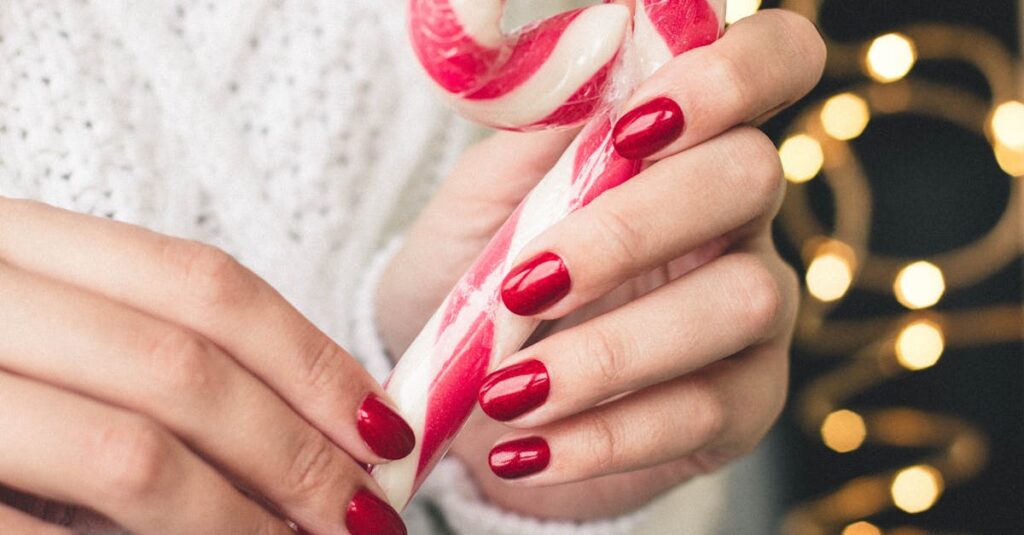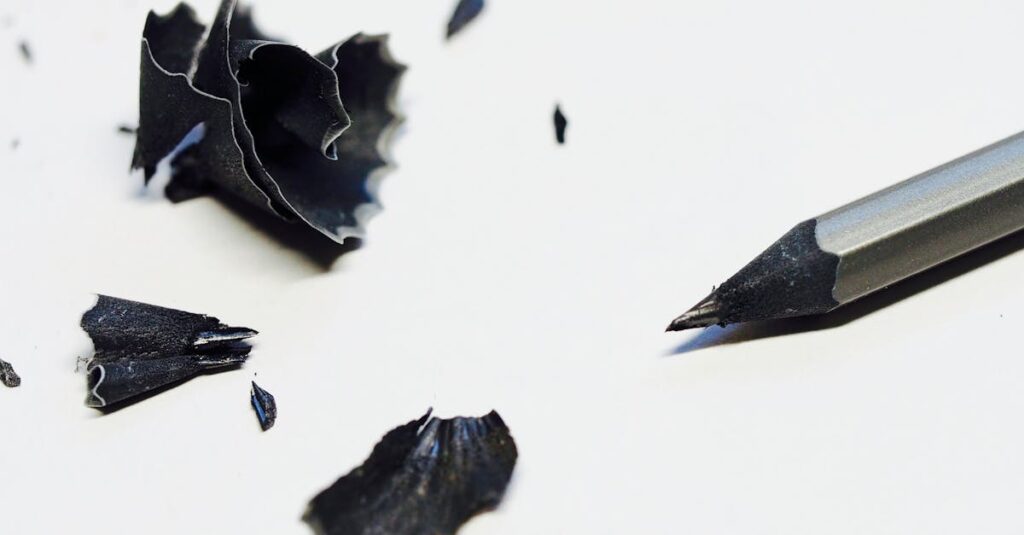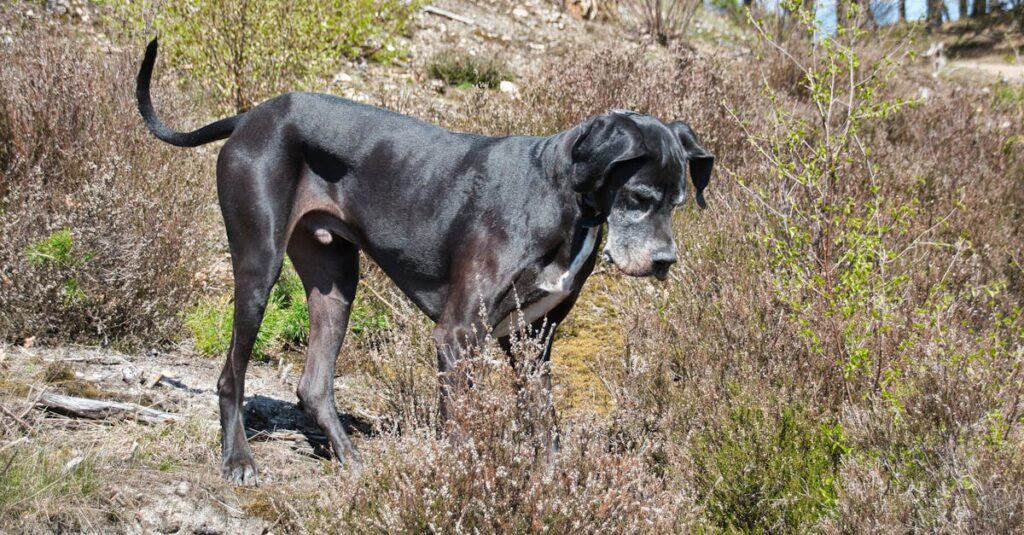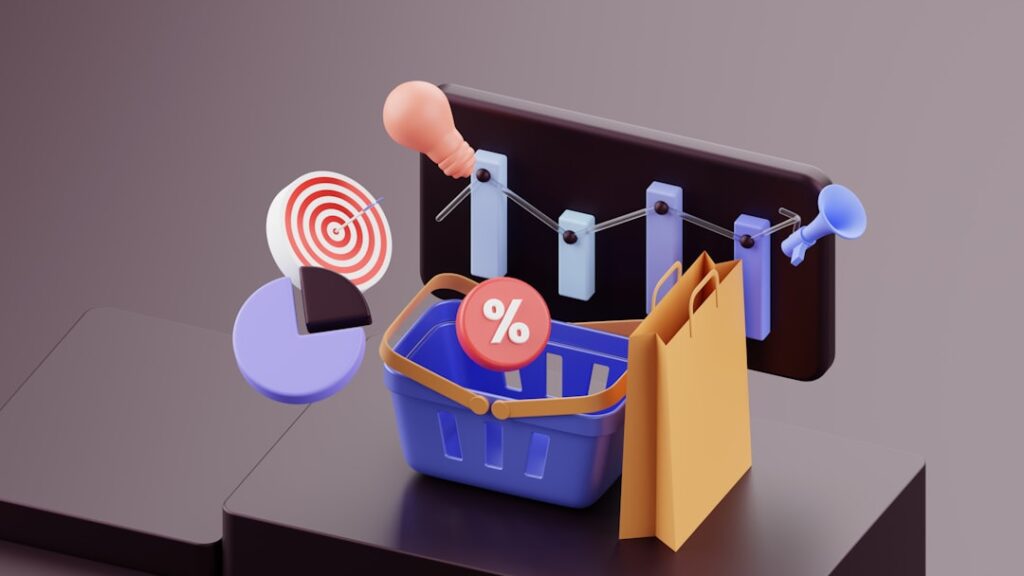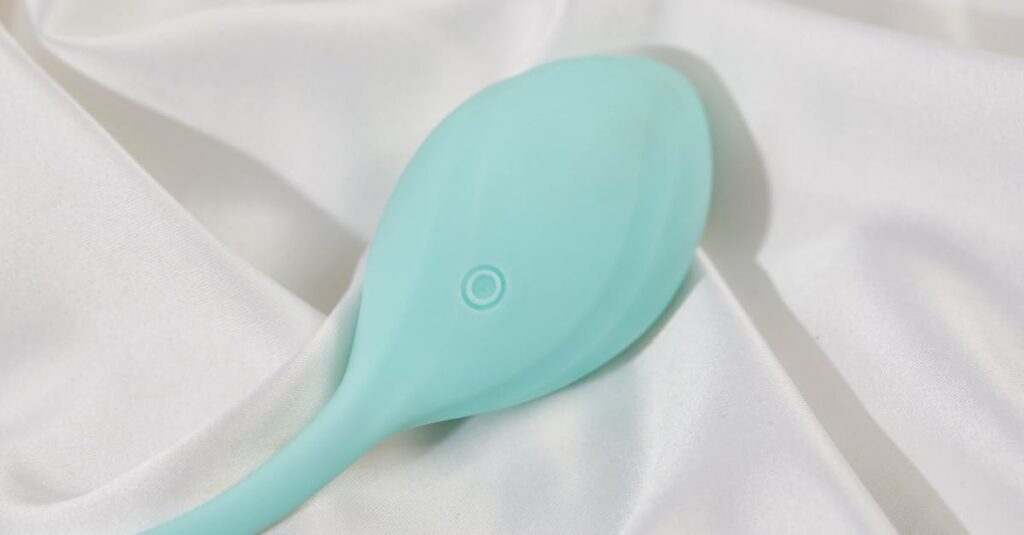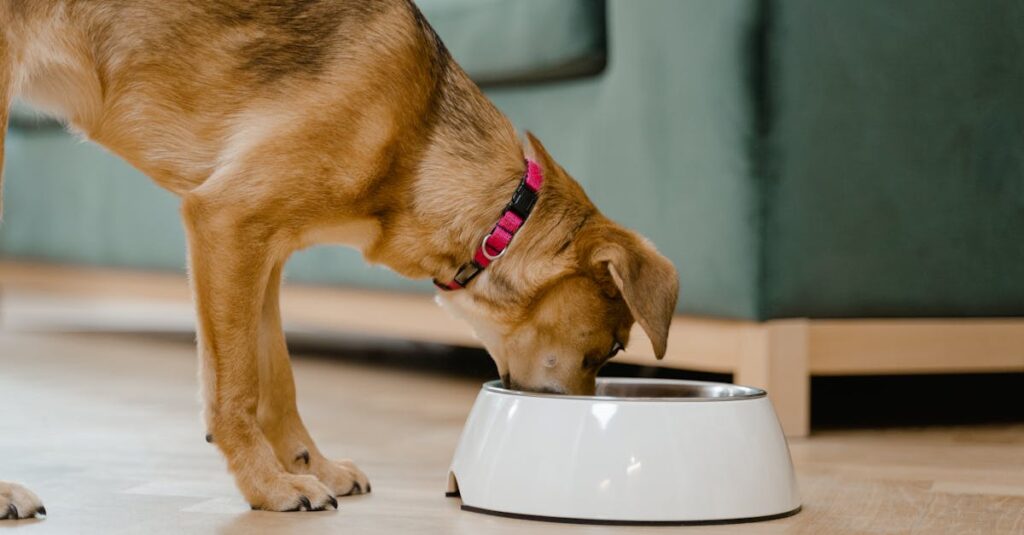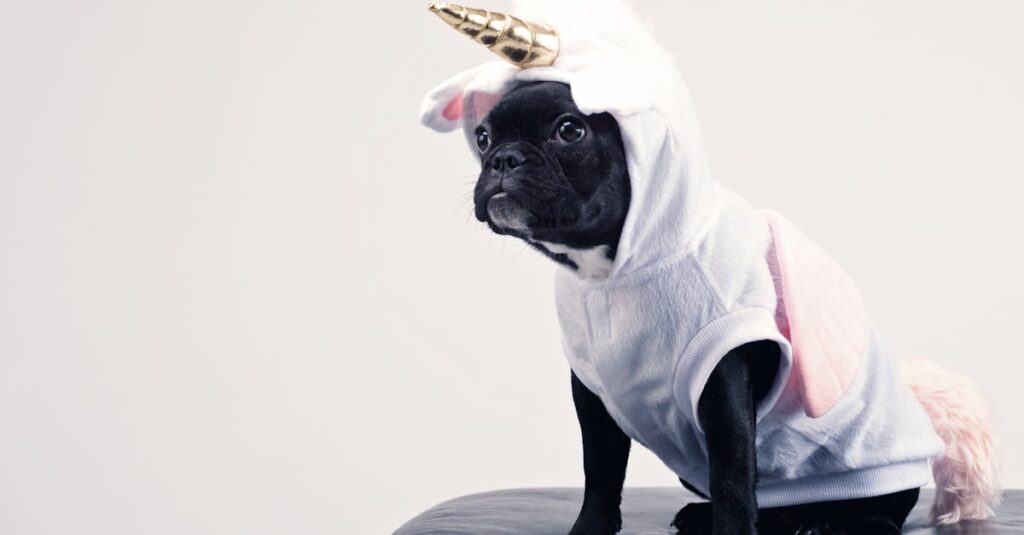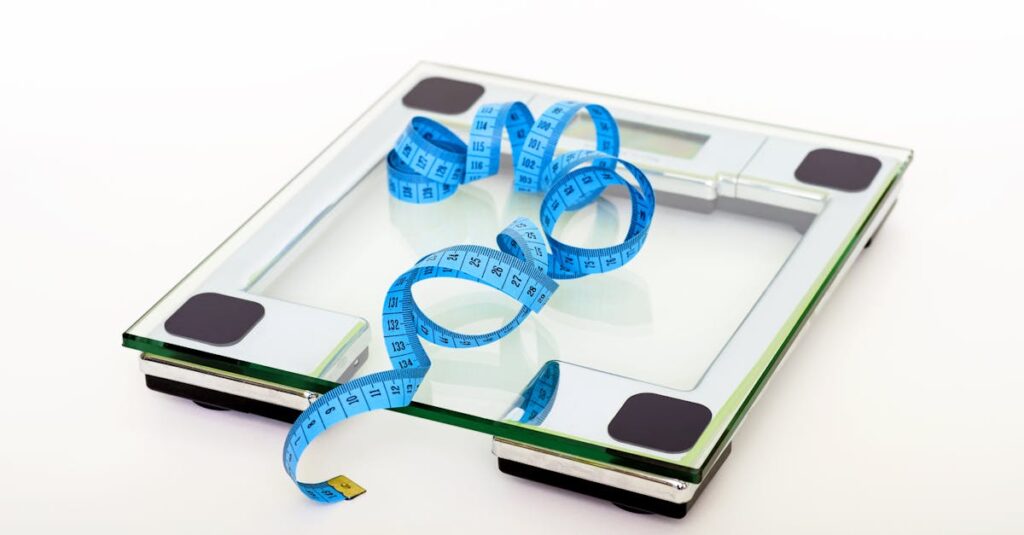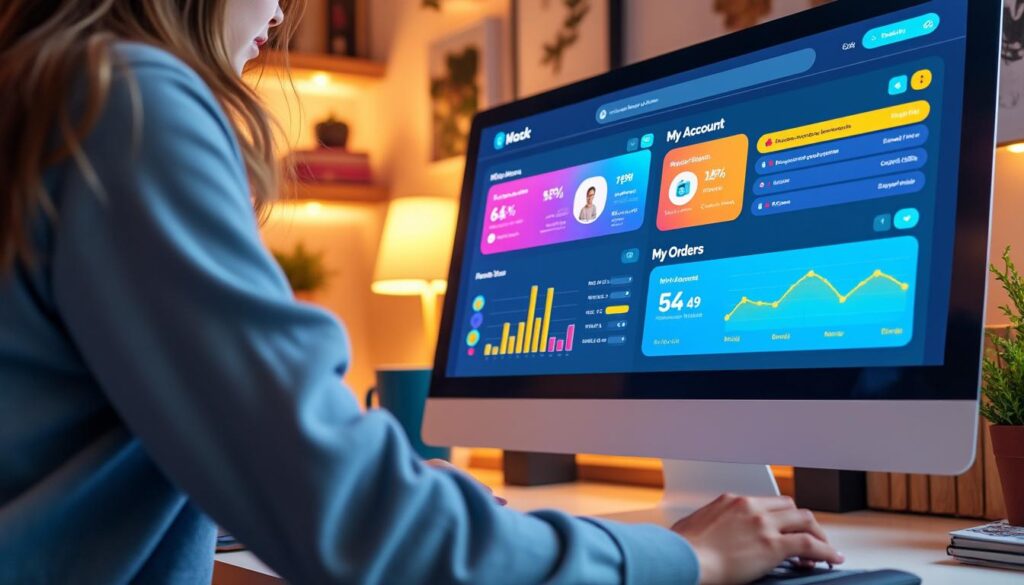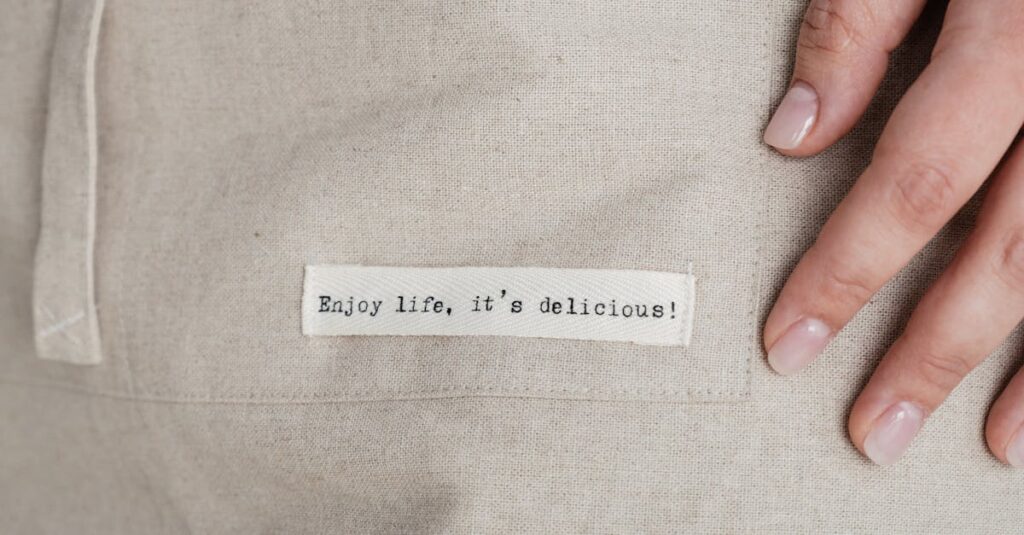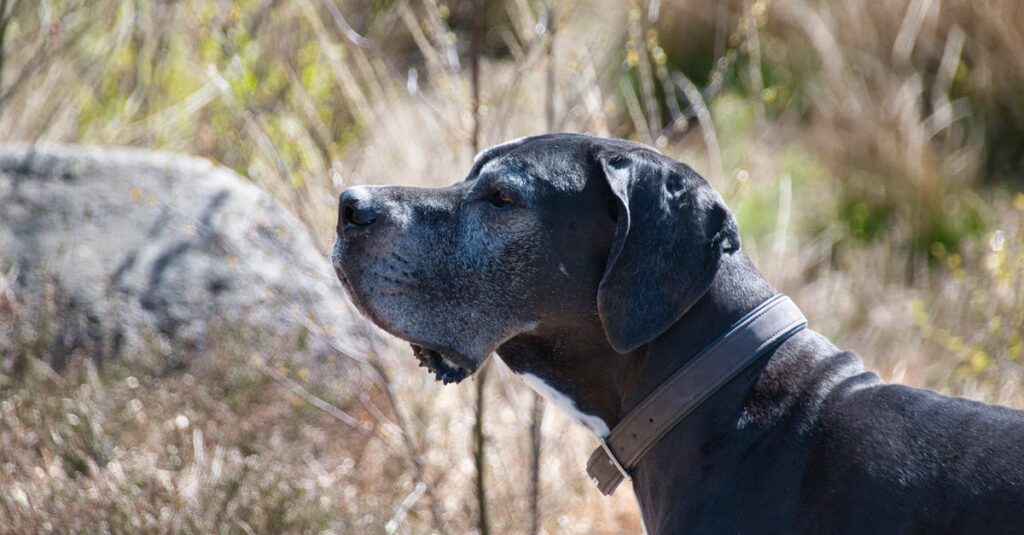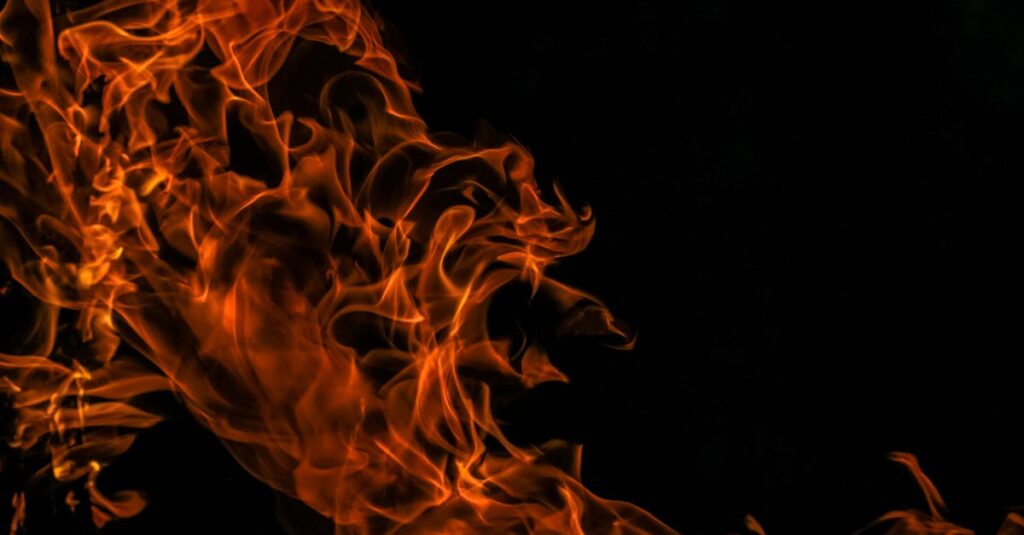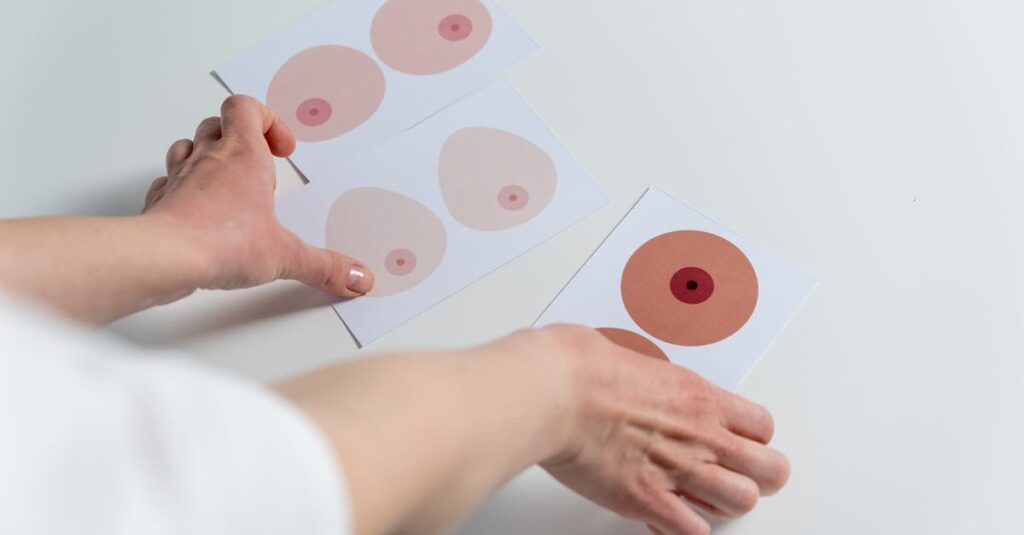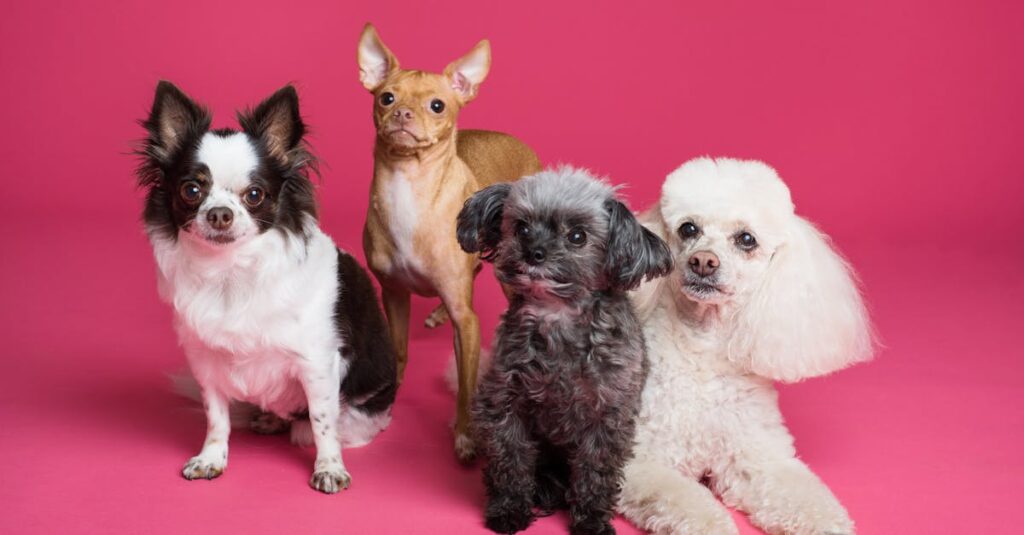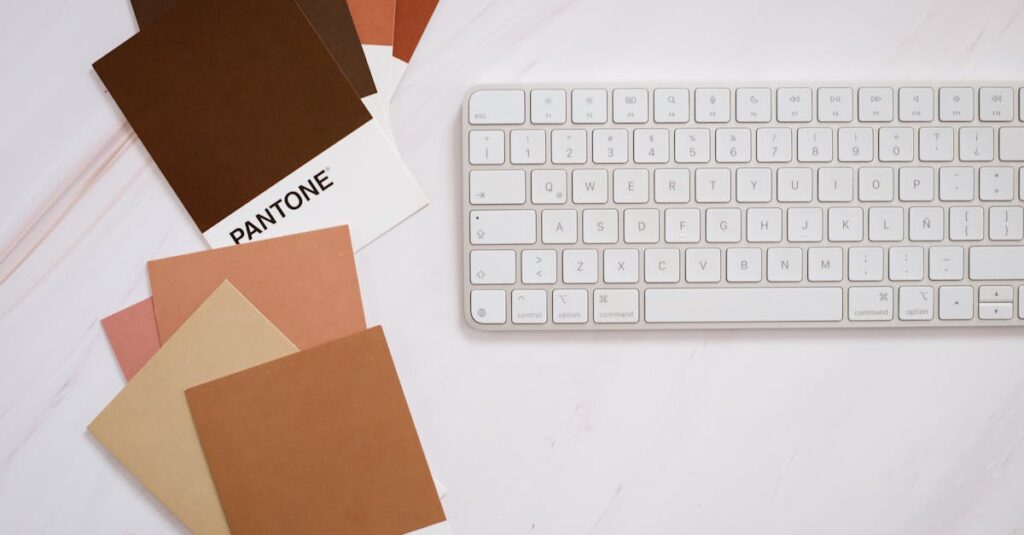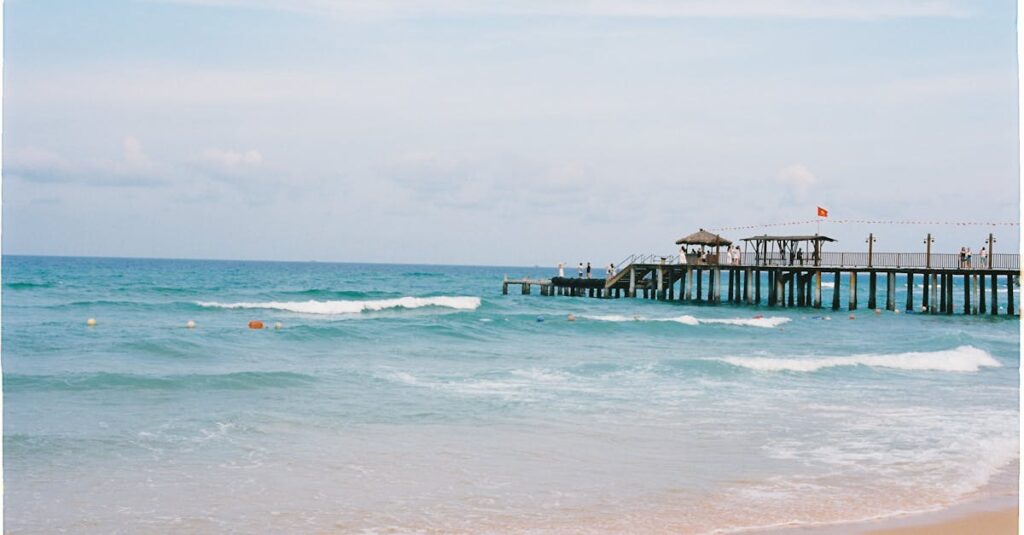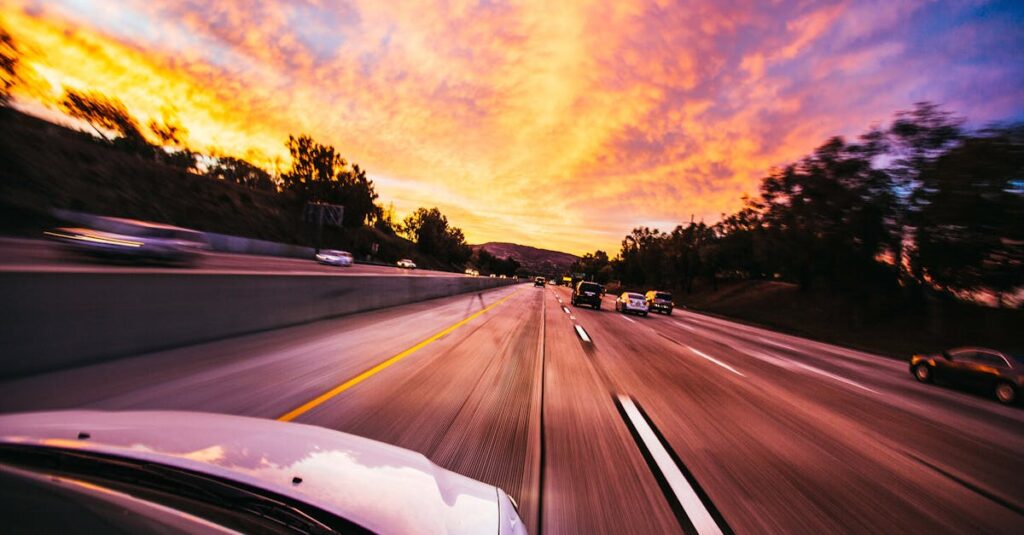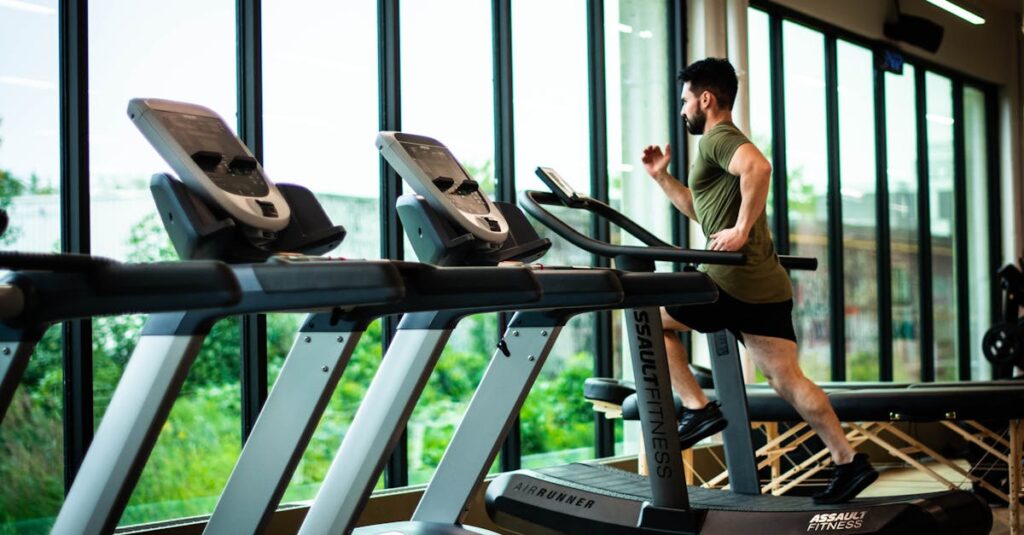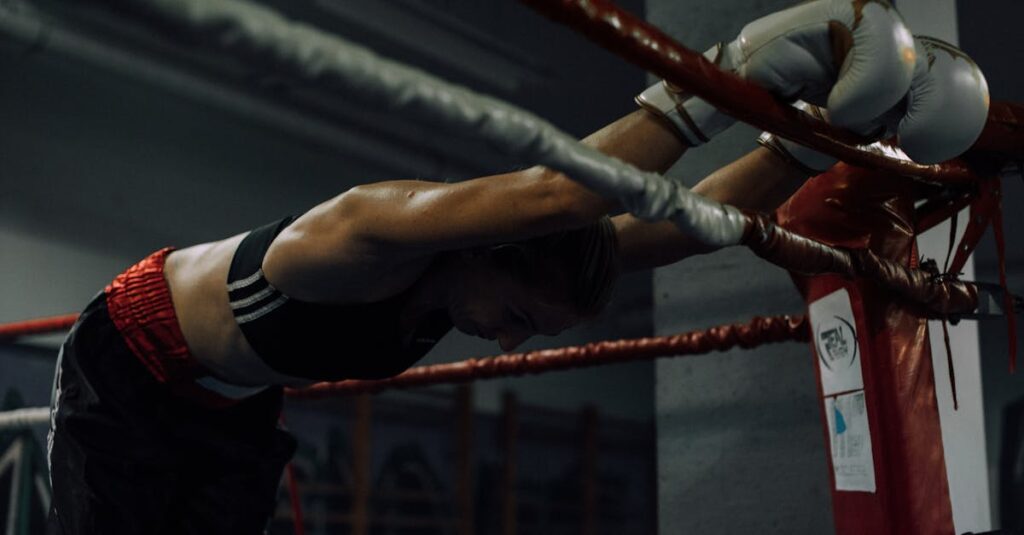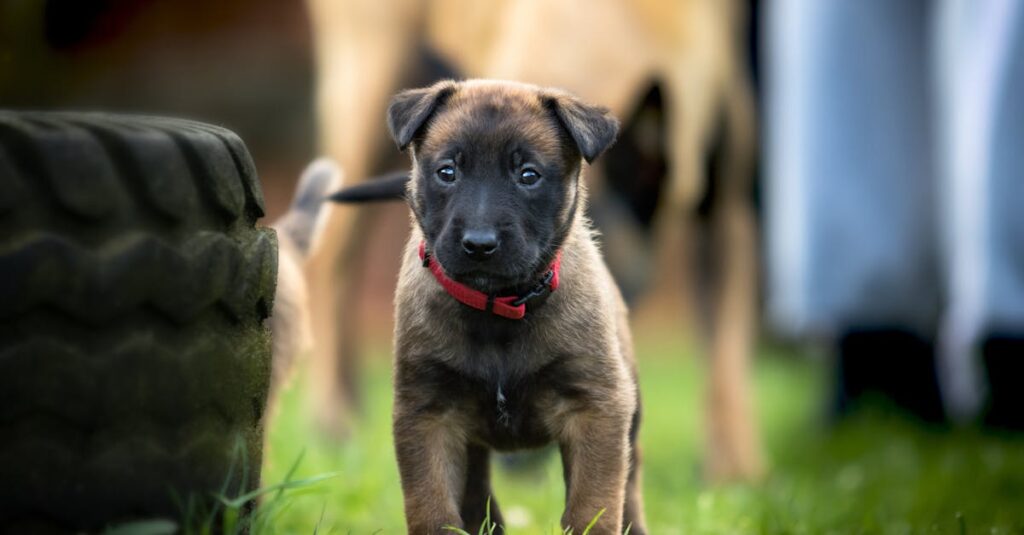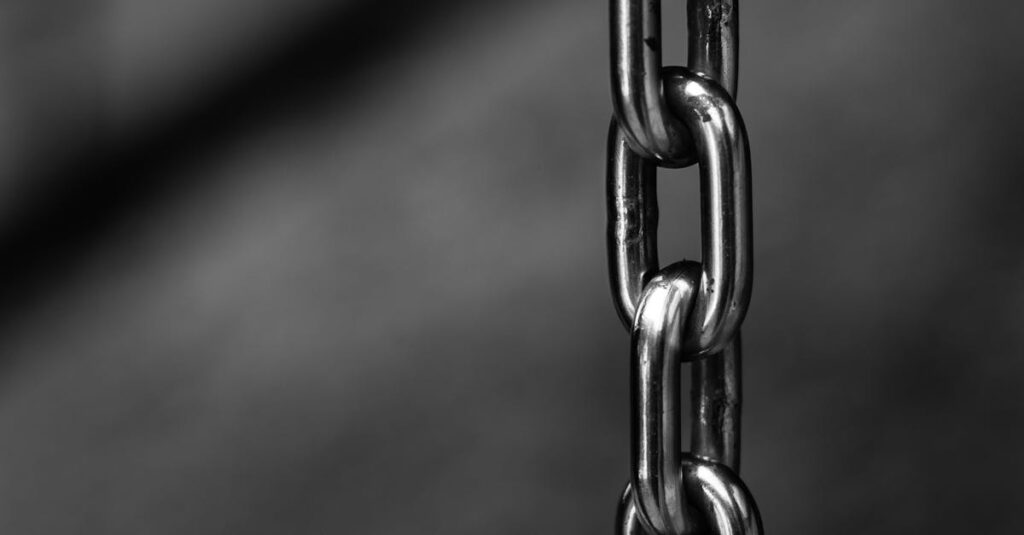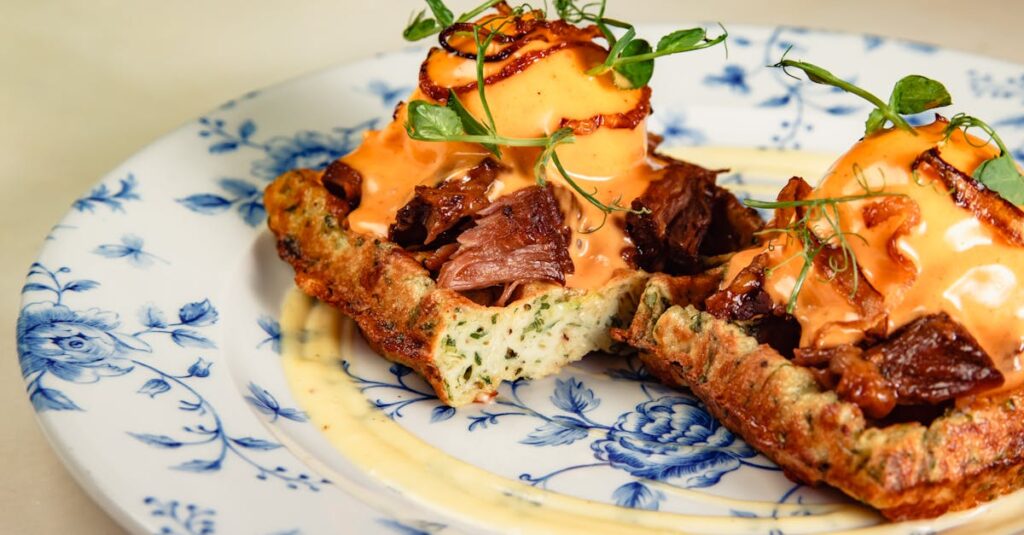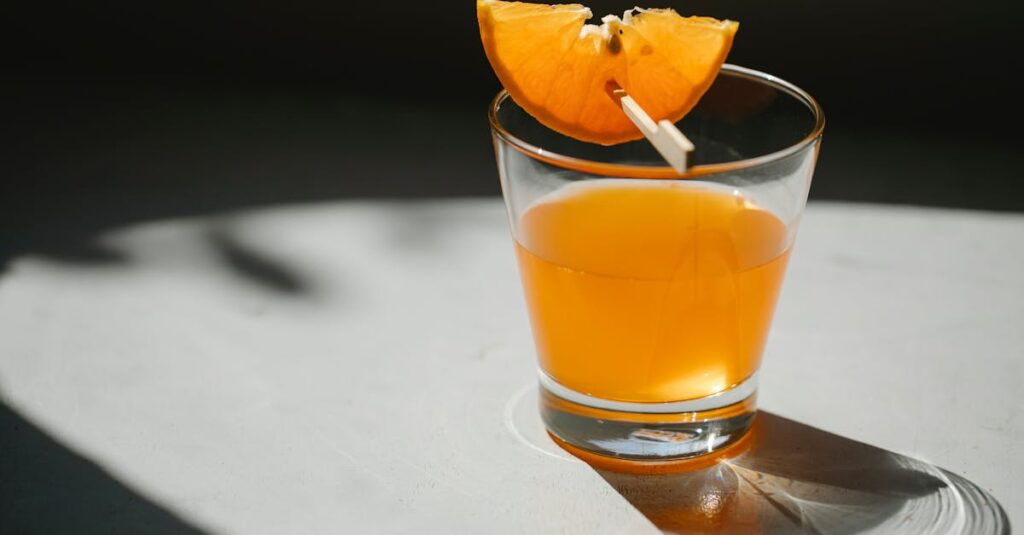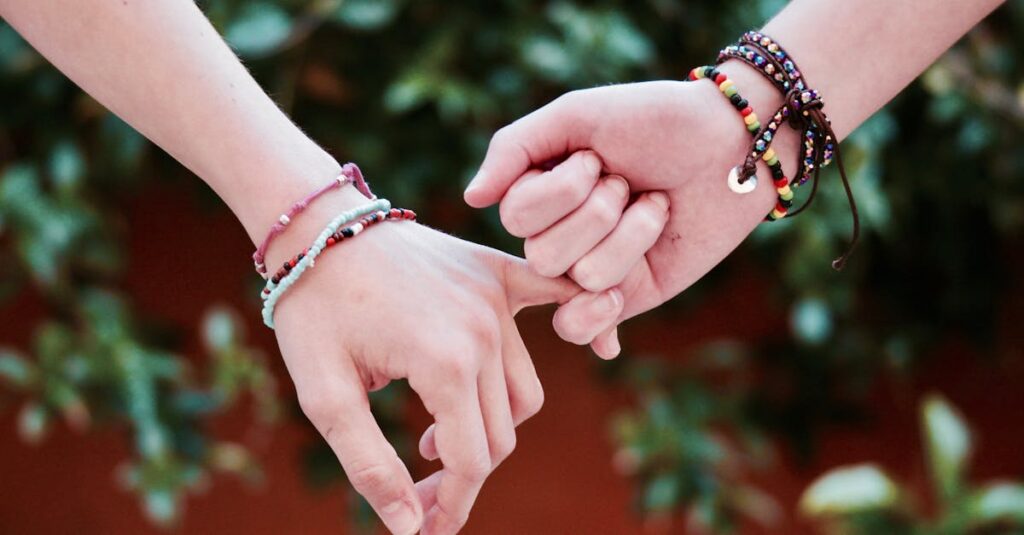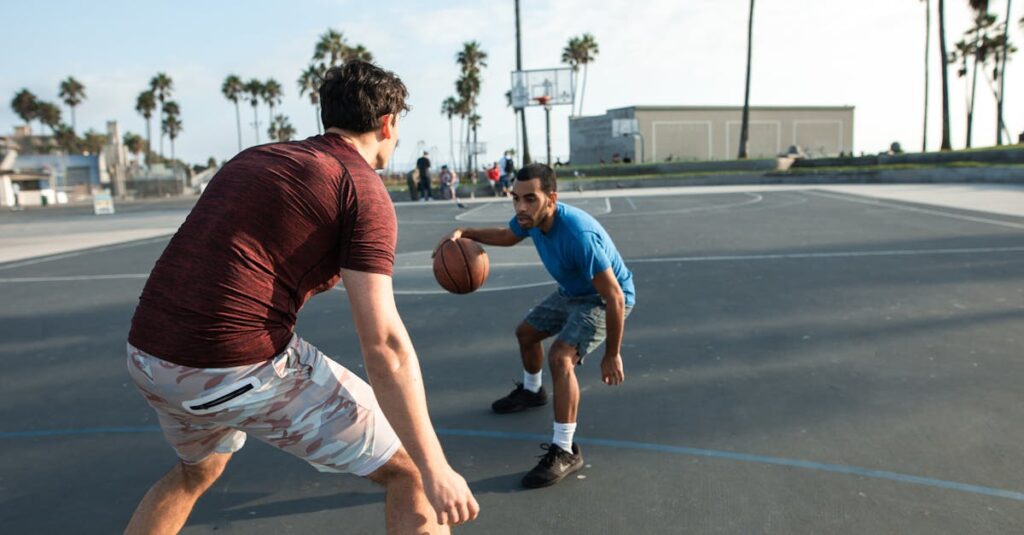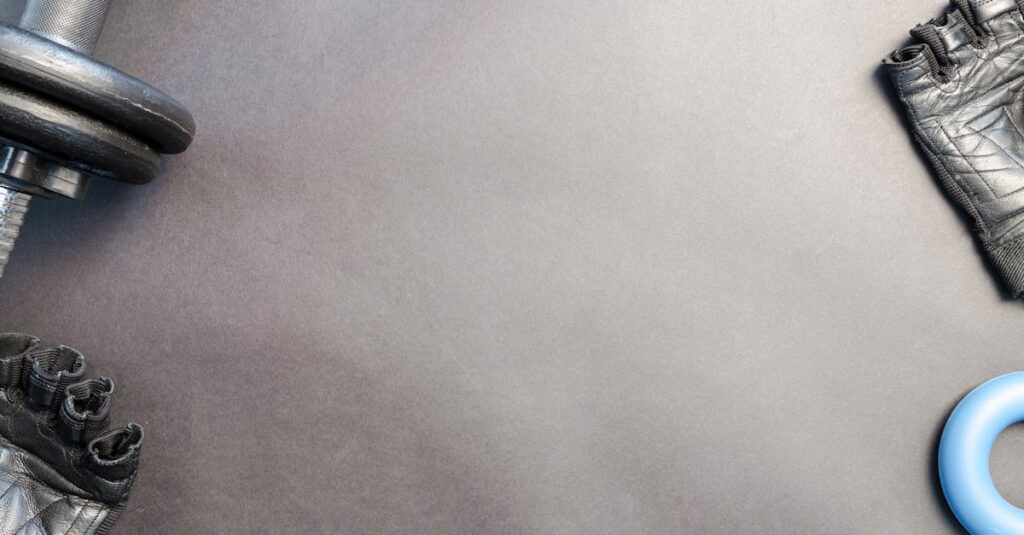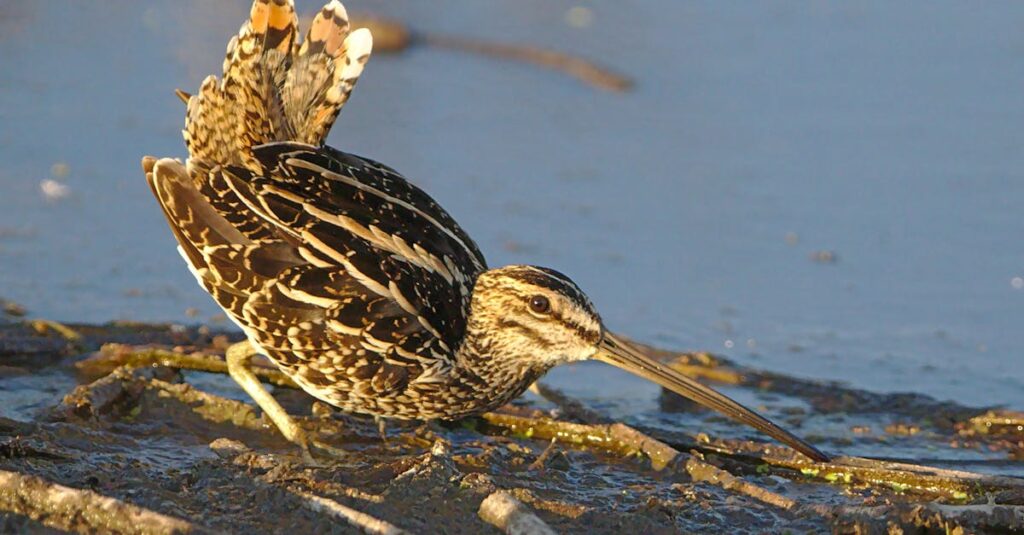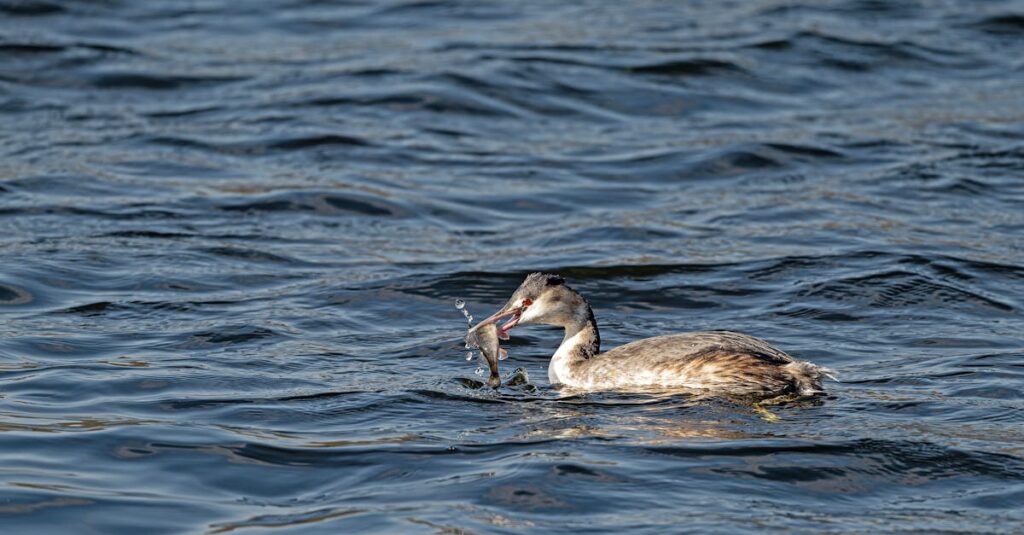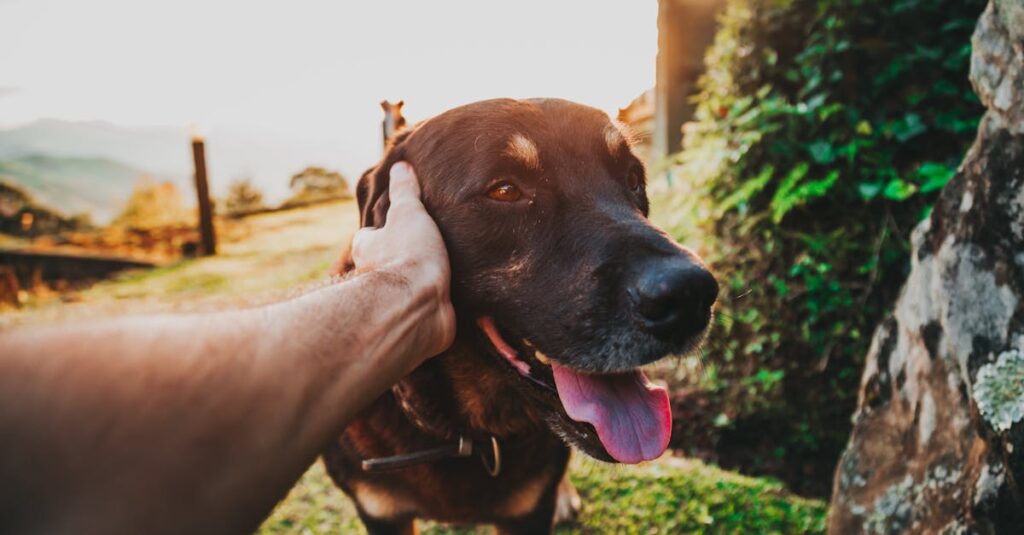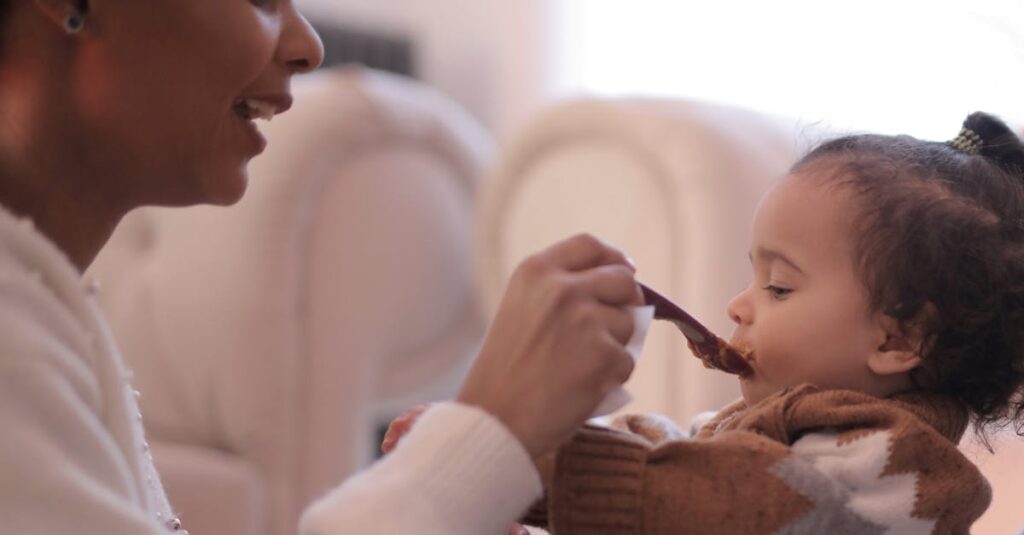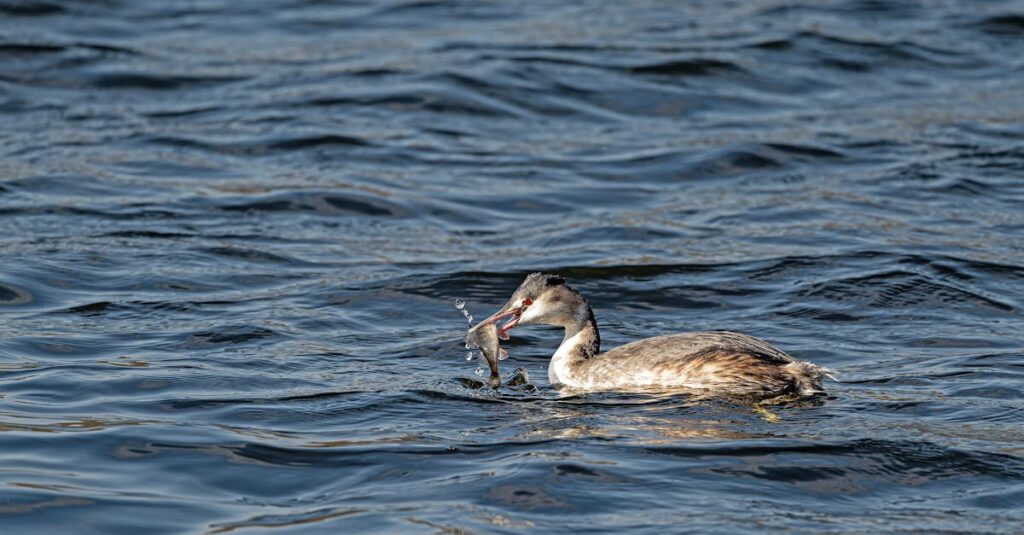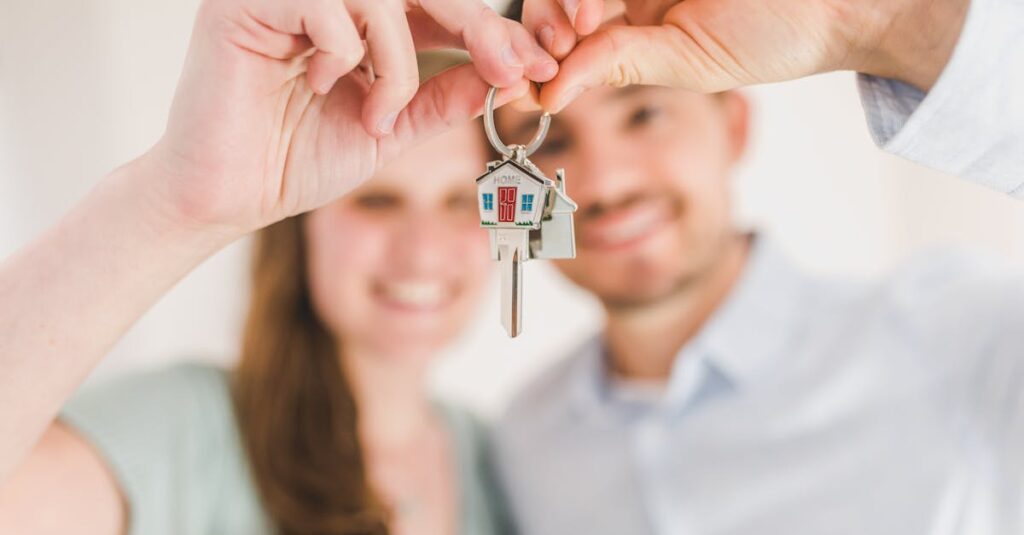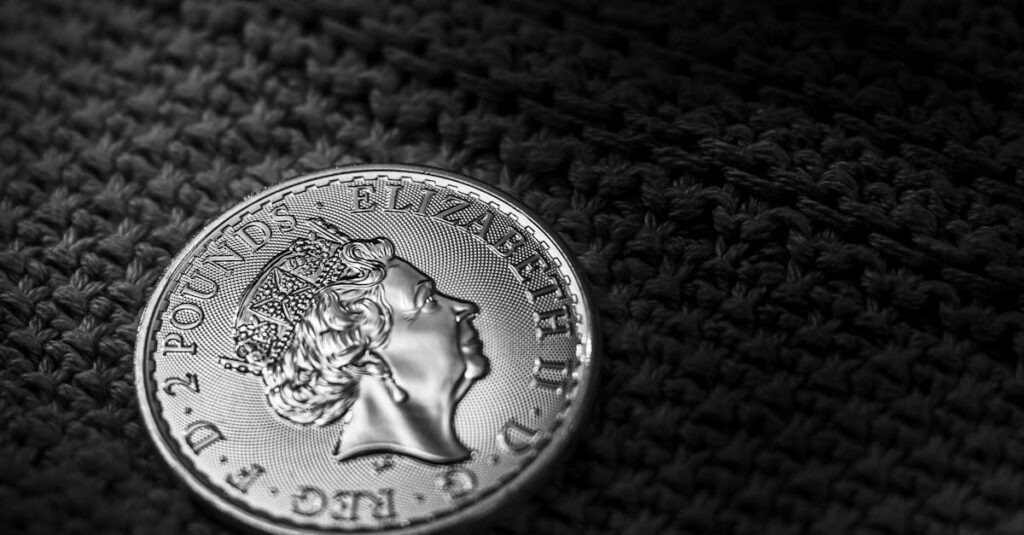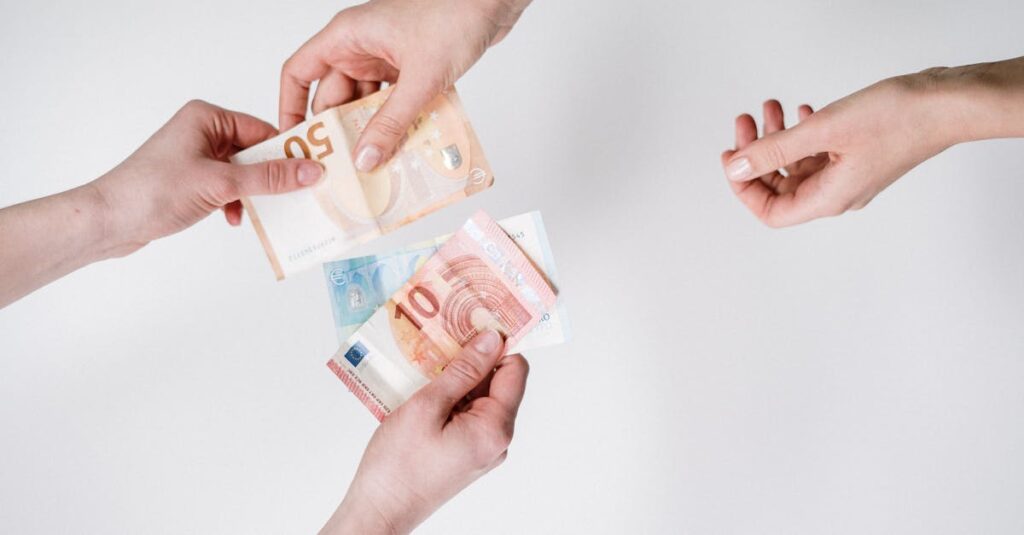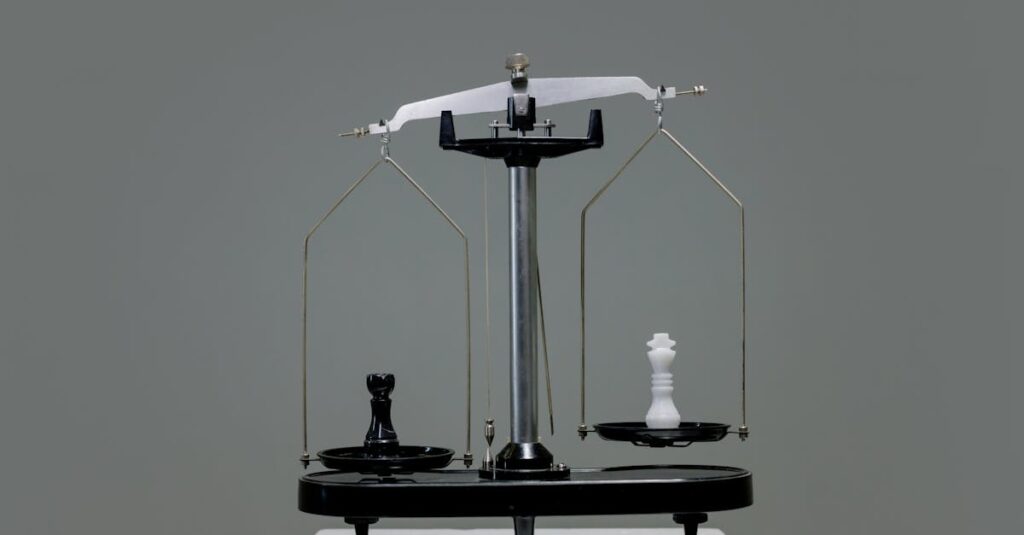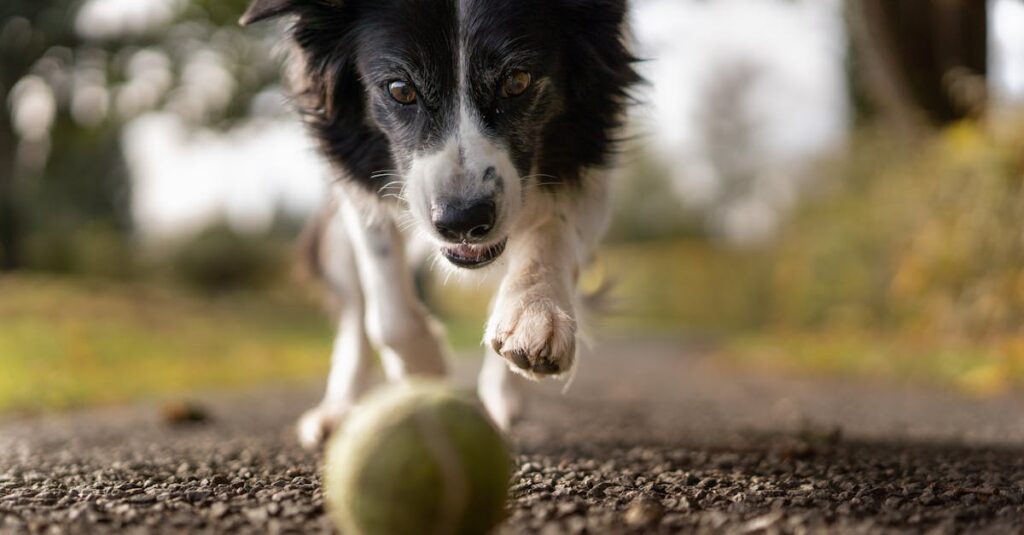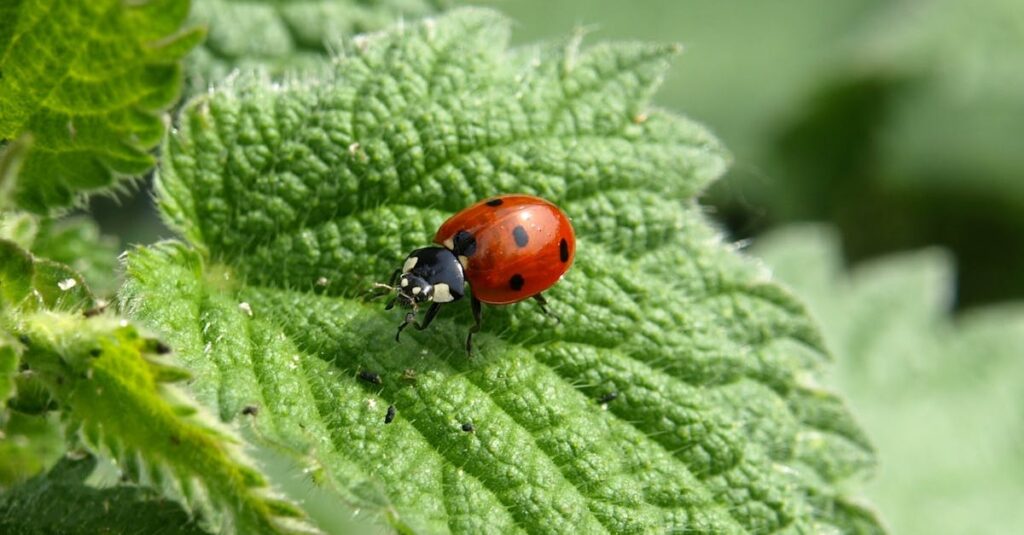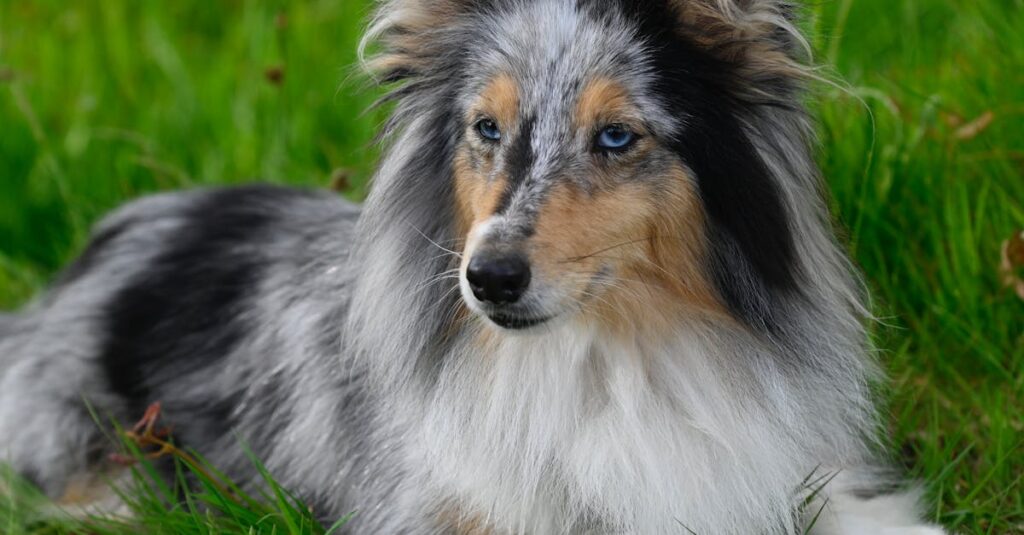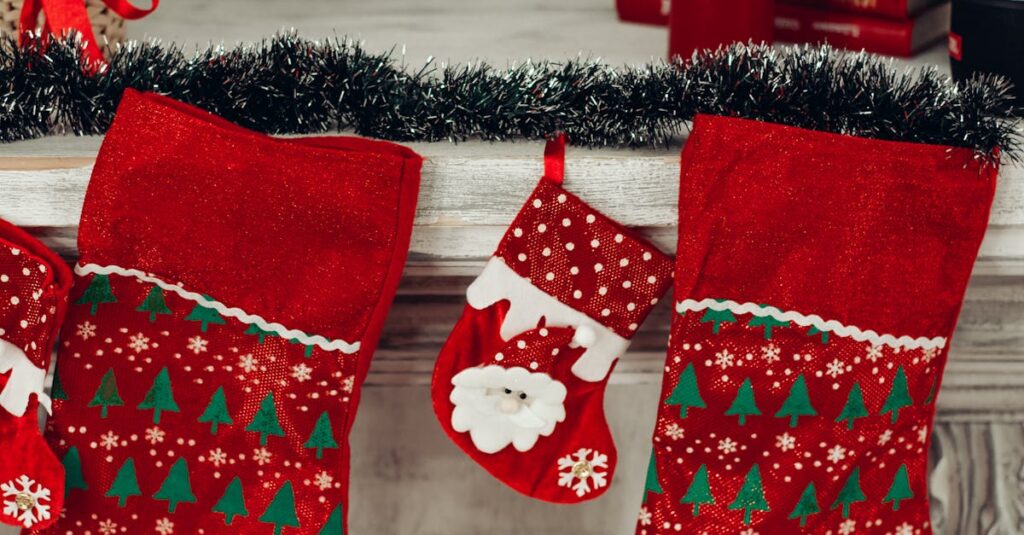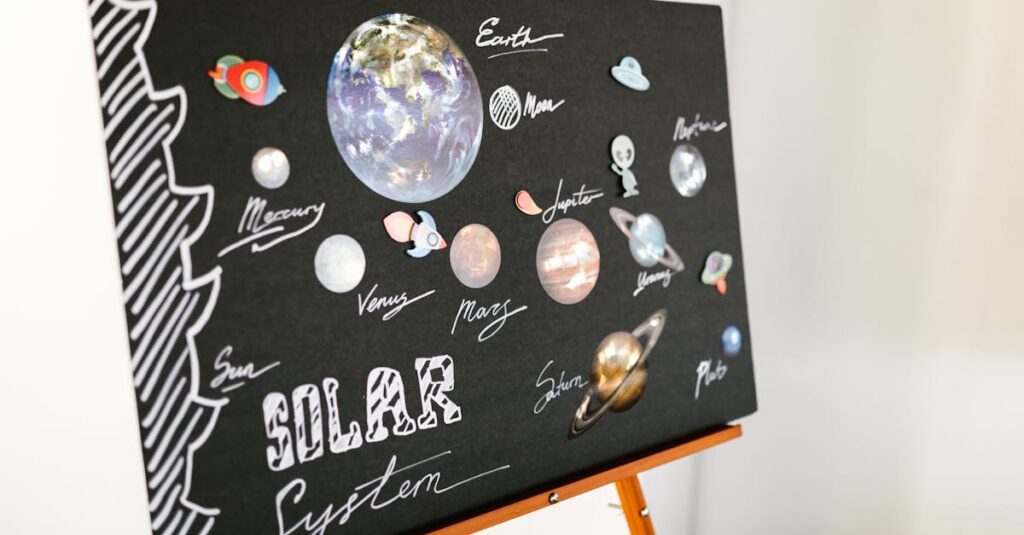When your Great Dane suddenly refuses to eat, it’s a red flag that warrants immediate attention. 🐾 This loss of appetite can stem from mild, temporary causes like stress or heat, but it’s crucial to recognize when it signals a serious health emergency. Ignoring it may jeopardize your gentle giant’s wellbeing. In this article, I take you through the many reasons why your Great Dane might not be eating, from common dietary issues to urgent medical conditions, and I share practical solutions to help your dog regain a healthy appetite.
Common Causes Why Your Great Dane May Not Be Eating Properly 🍽️
Understanding the root of reduced food intake is key to addressing it effectively. Great Danes, despite their size and appetite, can refuse food for various reasons — some benign, others critical.
- 🦴 Medical emergencies: Obstructions (such as swallowing socks, bones, toys), bloat, infections, or cancer can cause sudden loss of appetite.
- 😰 Stress and anxiety: Changes in environment, fear, or separation anxiety may suppress hunger temporarily.
- 🌡️ Environmental factors: Hot weather or discomfort can reduce appetite.
- 🍖 Dietary changes: New food, spoiled food, or contaminated kibble (like the recent Victor recall) may cause digestive upset.
- 💊 Medication side effects: Some drugs impact appetite as a side effect.
- 🦷 Dental pain: Oral health problems can make eating painful.
- 🐛 Parasites: Worms or infections in the digestive tract can decrease appetite.
Serious Health Concerns That Demand Immediate Veterinary Care 🚨
If your Great Dane hasn’t eaten for over 24 hours, shows signs of distress, vomiting, or abdominal swelling, do not delay. These symptoms could indicate:
- 🔗 Gastrointestinal obstruction
- 🎈 Bloat (Gastric Dilatation-Volvulus)
- 💉 Severe infections or cancer
- 🦷 Excruciating dental issues
- ⚠️ Poisoning or ingestion of toxins
These conditions are life-threatening and require urgent care. Early intervention can mean the difference between recovery and tragedy.
Why Great Dane Puppies May Refuse to Eat and How to Handle It 🐶
It’s normal for Great Dane puppies to go through phases where they eat less or appear picky, but consistent refusal is concerning.
- ⚖️ Growth and development: After growth spurts, appetite fluctuates naturally.
- 🧠 Behavioral training: Puppies can “train” their humans to offer toppers or treats, leading to picky eating habits.
- 🍽️ Food transition: Sudden diet change can upset their sensitive stomach.
- 🐛 Parasites and illnesses: Common in puppies, causing tummy troubles and appetite loss.
- 😰 Overwhelm in a new home: Stress from vaccines, new environments, or grooming can decrease enthusiasm for meals.
Instead of alternating foods or loading toppers, I advise patience and sticking to a science-backed large breed puppy formula like Purina Pro Plan Large Breed Puppy or Royal Canin Giant Puppy. Consistency is vital, and avoid “bribing” your pup with treats except under veterinary guidance.
Feeding Tips for Great Dane Puppies 🥣
Balance is everything. Overfeeding can cause orthopedic issues like joint problems and knuckling, so follow your vet’s guidance on feeding volumes and frequency. Here’s how to manage feeding healthy meals:
- ⏰ Establish 3 consistent meal times per day
- 🥫 Use high-quality kibble formulated for big breeds (e.g., Hill’s Science Diet, Purina Pro Plan, Merrick)
- 💧 Always keep fresh water available; hydration supports digestion and appetite
- 🚫 Avoid excessive treats that may reduce meal interest
| Food Brand 🍖 | Recommended For 🐕 | Price Range 💰 | Special Features ⭐ |
|---|---|---|---|
| Purina Pro Plan Large Breed Puppy | Growing Great Dane puppies | $$ | Salmon-based sensitive stomach formula available |
| Royal Canin Giant Puppy | Large breed puppies up to 12 months | $$$ | Premium, science-backed nutrition for giants |
| Hill’s Science Diet Large Breed Puppy | All puppies requiring balanced nutrients | $$ | Clinically tested, vet-recommended |
Helping Adult Great Danes Regain Their Appetite: Key Factors and Solutions 🐕🦺
Loss of appetite in adult Great Danes can stem from:
- ⚠️ Health issues: Dental pain, digestive discomfort from new or spoiled food.
- 🌡️ Environmental changes: House moves, stressful events, or noisy feeding areas.
- 🍭 Treat overload: Giving too many tastier snacks can discourage regular kibble consumption.
- 🦵 Reduced exercise: Less activity leads to lower metabolism and appetite.
To help encourage eating, implement these strategies:
- 🕒 Set a strict feeding schedule – offer meals 2-3 times a day, remove food after 20 minutes
- 😌 Create a calm, clean environment for feeding
- 💪 Boost exercise gradually – even indoor play stimulates appetite
- 🧩 Use puzzle feeders like the KONG WOBBLER to make mealtime fun and engaging
| Cause | Symptoms | Recommended Action |
|---|---|---|
| Dental Pain | Drooling, difficulty chewing | Veterinary dental exam and cleaning |
| Stomach Upset | Vomiting, diarrhea, lethargy | Veterinary check, diet adjustment |
| Stress | Refusing food, nervousness | Environmental modifications, calming aids |
| Excess Treats | Ignoring meals, fullness | Cut back on treats, monitor intake |
Frequently Asked Questions About Great Dane Appetite 🐾❓
- Can I switch my Great Dane’s kibble if the current food causes stomach issues?
Yes, but do so gradually over several weeks. Consult your vet to ensure the new food is appropriate; choices like Blue Buffalo, Orijen, or Canidae offer high-quality options. - How can I tell if my dog is getting too many treats?
If your Great Dane skips meals in favor of treats or shows reduced interest in regular food, it’s time to reduce treats and return to balanced meals. - What if my Great Dane refuses scheduled meals?
Try shifting feeding times slightly, but maintain consistency. Never overfeed between meals; patience and routine are your allies. - Does exercise really affect appetite?
Absolutely! Regular activity increases metabolism, making dogs hungrier. At least 45-60 minutes daily is ideal for adult Great Danes. - When should I be concerned about underlying health problems?
If appetite loss is accompanied by symptoms like vomiting, lethargy, weight loss, or behavioral changes, schedule a vet visit immediately to diagnose potential illnesses.
For those curious about how to properly portion your Great Dane’s meals, the feeding guidelines in How Many Cups of Food Should a Great Dane Eat? and How Much Should a Great Dane Eat Daily? provide excellent guidance. For puppies, the age-based feeding recommendations are invaluable. To understand the overall investment in your Great Dane, including food costs and much more, see our full price breakdown.

